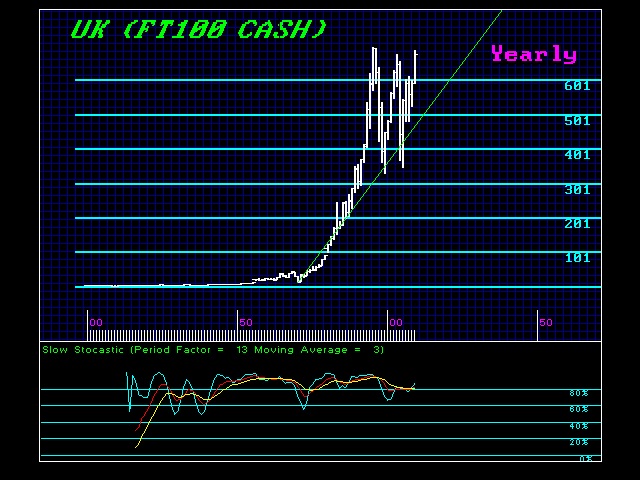One of the most difficult concepts for people to grasp is the fact that a currency is the OPPOSITE of assets. When assets rise, like gold and stocks, this means that the currency MUST decline in purchasing power. This is the standard function of a currency regardless of what it might be. This is why I have stated that a gold standard will be a decline for gold – not a rally in a bull market. You cannot look at the currency as if it were a stock – up is good (deflation) and a drop is bad (inflation).
Here is the Dow and the dollar during the Great Depression. The Dow bottomed in 1932 as the dollar peaked. Therefore, a normal rally in the dollar post-2015.75 reflects (1) deflation, and (2) capital concentration back into the USA. The rise in the Euro is not a reflection of a booming economy right now but a declining one.
The yen rallied with the decline in the Nikkei as seen here (yen in dollar terms showing the decline in the dollar v yen). This is the standard patter that unfolds. The rise in a currency is BEARISH generally for assets.
HOWEVER, there are times when capital flees due to war. Under such circumstances, then and ONLY then, do we see both domestic assets rise and the currency value in an aggressive manner. A currency will rise in value with a strong capital inflow based upon foreign investment. In the case of Britain, when the pound fell to $1.03 in 1985, that sparked a breakout above the Projection Line on a Yearly Basis. That line has held ever since.
Therefore, a rise in the currency can take place with capital inflows that are external rather than a pure domestic capital concentration. This requires careful monitoring to determine the direction of the markets and currency and when will be get a flip in the driving force.
As with all aspects, the global economy is dynamic and that defies the establishment of a single rule in a once-dimensional world that does not exist.
This is why we have been warning that we may yet see a Cycle Inversion because of the impact of war. We can see from this chart in the London FTSE, that we should see a breakout to new highs in this index as well. Keep in mind, that tanks cannot drive across the channel without boats and this is distinctly different from Western Europe as a whole.













